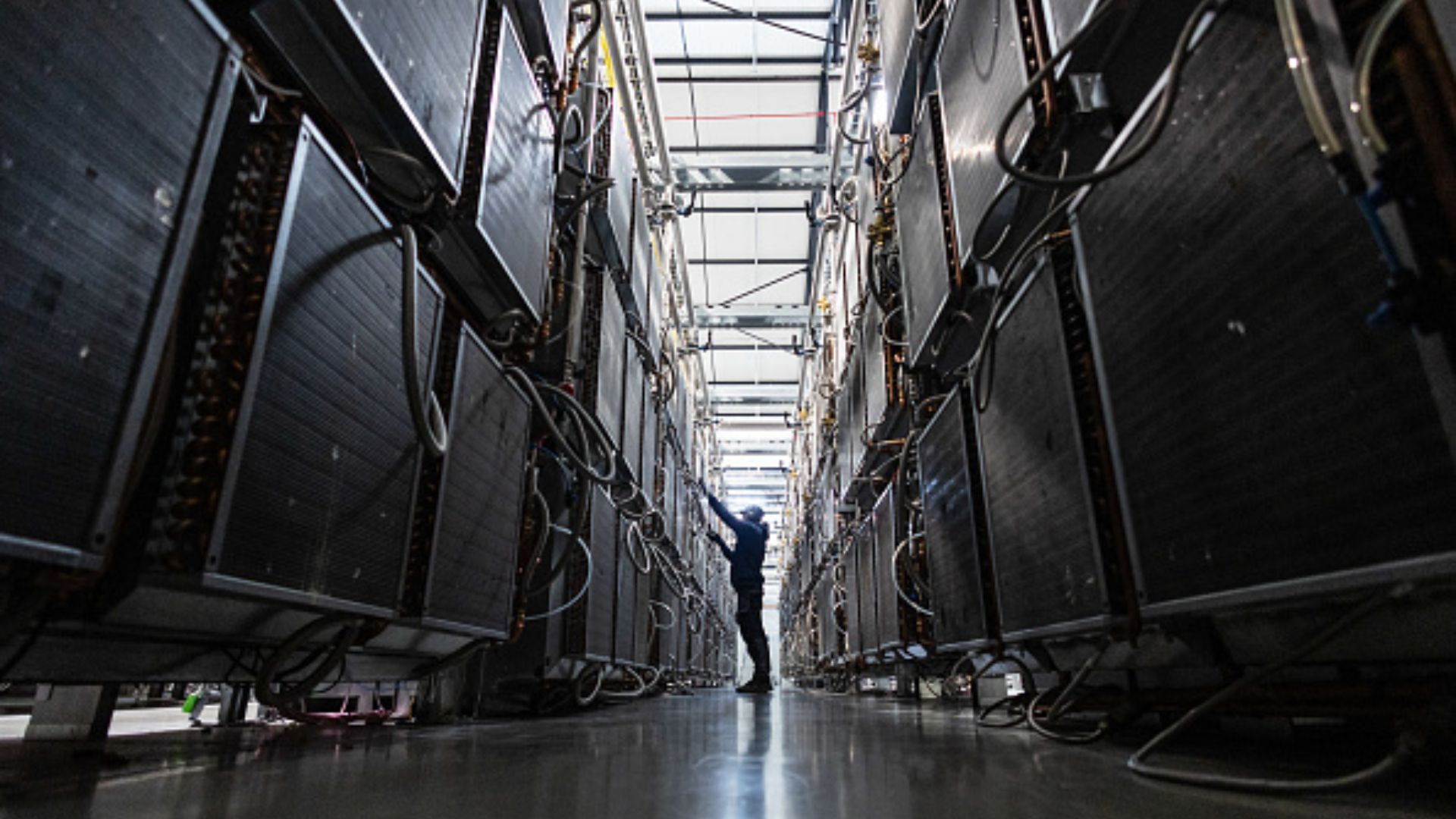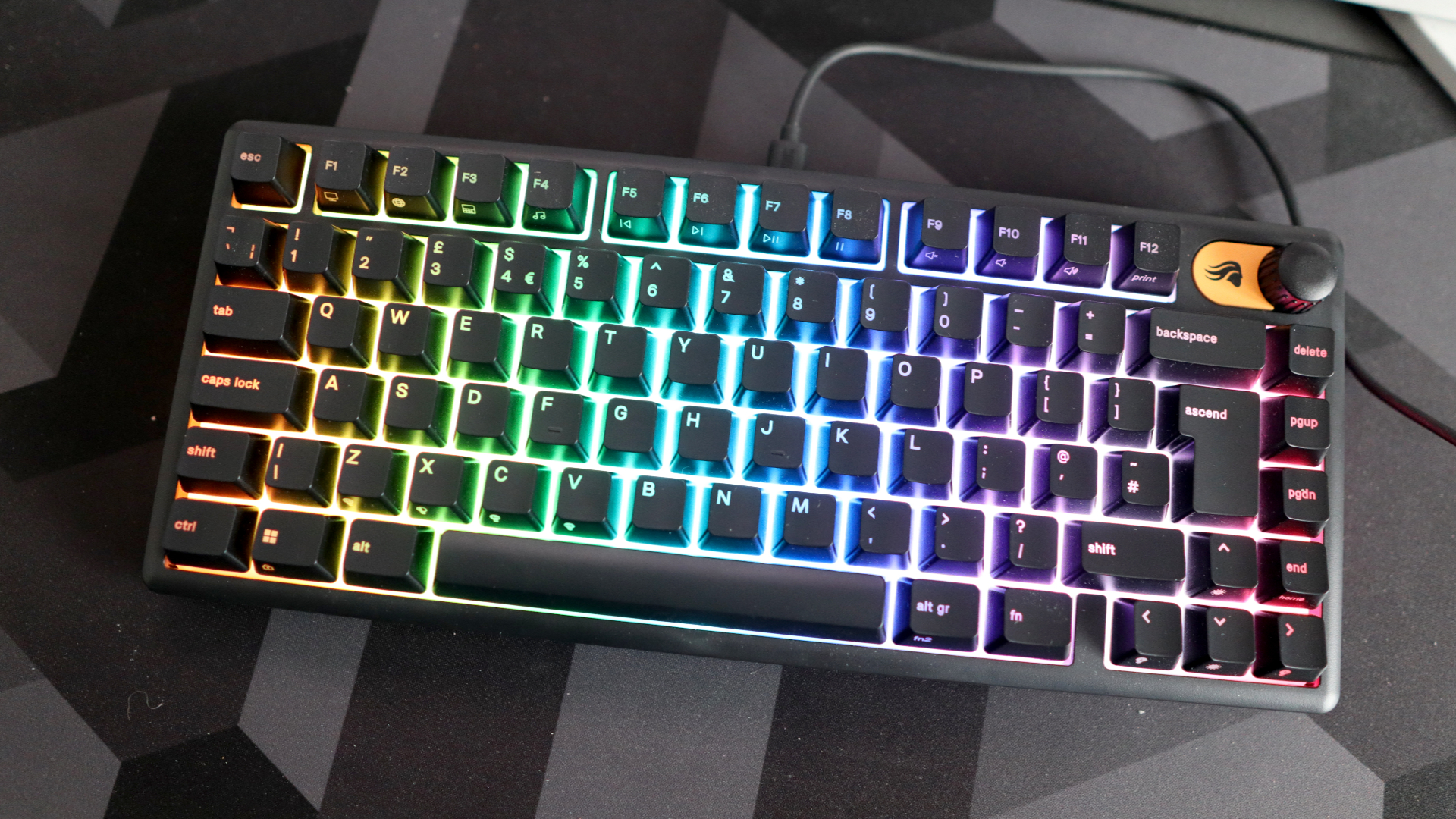Meta is using its own blend of AI-optimised, low-carbon 'green concrete' in one of its honking great data centers
There's something here about oceans and small amounts of liquid, I reckon.

All of us must do our bit to counteract the effects of climate change, no matter how small. This, I firmly believe. Meta appears to be taking this principle to heart, as it's proudly announced that it's using its own mix of AI-optimised, lower-carbon, "green concrete" to build the floor of its Rosemount data center.
The company says it has developed an open-source AI tool to design concrete mixes that are stronger and more sustainable. The efforts are part of a collaboration with cement manufacturer Amrize and the University of Illinois Urbana-Champaign in order to "accelerate the discovery of new concrete mixtures that meet traditional requirements alongside newer sustainability needs."
It's not just in the name of minimising climate impacts, either. Concrete takes time to cure, and Meta is scaling up its data center capability so quickly, it's currently housing some of the racks in tents while it waits for the buildings themselves to be finished.
Never mind that the concrete itself has to be somewhat specific to the purpose. Data center racks are tremendously heavy, and the floor needs to support vast numbers of them at once, along with cooling lines, vibration dampening, and all sorts of other factors specific to the use case.
Meta's AI model uses BoTorch and Ax, two types of open-source software that specialise in Bayesian optimisation and adaptive experimentation, respectively. The model takes into account all sorts of factors, from compressive strength curves to the sustainability of the sourcing of key concrete ingredients, in order to come up with a suitable recipe for a sturdy-yet-penguin-friendly data center floor—such as the one that's been poured at the Rosemount data facility.

And, it must be said, current concrete production does appear to be a major contributor to CO2 emissions, accounting for 8% of the world's total, according to the WEF. So, minimising the unwanted effects in large-scale constructions like this is a task worth undertaking, if you ask me.
But I can't help but think about the environmental impacts of, y'know, the data center itself. While progress is being made in renewable energy solutions, these modern data centers are predicted to draw such a huge amount of wattage that it's difficult to see how renewable energy can possibly keep up.
Keep up to date with the most important stories and the best deals, as picked by the PC Gamer team.
It's not just power, either. Data centers require huge volumes of water for cooling, which is often drawn away from communities where the wet stuff is a precious commodity. And I haven't even started on Meta's current plans for expansion. Meta's CEO, Mark Zuckerberg, recently announced plans to build several multi-gigawatt superclusters, the first of which, Prometheus, is due to come online next year.
And that's before we get to planned "titan clusters", gigantic, almost unfeasibly-large data facilities dedicated to developing AI features that, with the best will in the world, don't feel like the highest priority when the planet appears to be going to hell in an ecological handcart.
Zuckerberg says that Meta is building "multiple more" of these gigantic facilities, and that "just one... covers a significant part of the footprint of Manhattan." Still, at least the floors may be made of very eco-friendly concrete.
I don't know about you, but I'm going to sleep soundly tonight knowing that fact.

👉Check out our list of guides👈
1. Best gaming laptop: Razer Blade 16
2. Best gaming PC: HP Omen 35L
3. Best handheld gaming PC: Lenovo Legion Go S SteamOS ed.
4. Best mini PC: Minisforum AtomMan G7 PT
5. Best VR headset: Meta Quest 3

Andy built his first gaming PC at the tender age of 12, when IDE cables were a thing and high resolution wasn't—and he hasn't stopped since. Now working as a hardware writer for PC Gamer, Andy spends his time jumping around the world attending product launches and trade shows, all the while reviewing every bit of PC gaming hardware he can get his hands on. You name it, if it's interesting hardware he'll write words about it, with opinions and everything.
You must confirm your public display name before commenting
Please logout and then login again, you will then be prompted to enter your display name.

